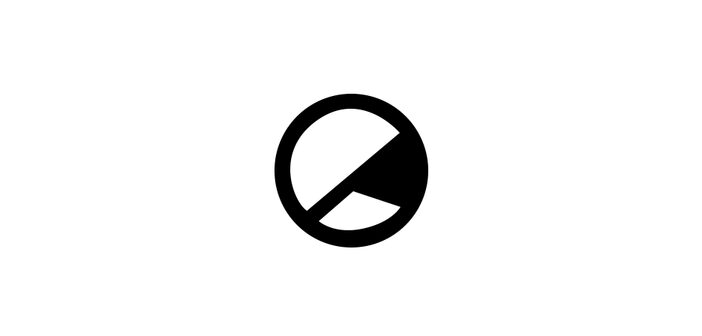Do you believe in time travel? If you did, you may choose to step through a portal and back 15 years to the December of 2001 when Donnie Darko was first released to witness the genesis of the cult legacy which the film possesses to this day. A whole decade and a half later the enigma that is Donnie Darko continues to puzzle audiences and its macabre, surrealist brilliance remains as prevalent as ever.
Without the benefit of streaming services or digital downloads, the nature of independent film distribution was very different at the dawn of the new millennium. Donnie Darko was released directly onto home video with very little marketing particularly in mainstream circles. The home video release was limited and the film became the subject of rumour and myth, being discussed in cafes by angsty art students and film buffs as a hidden melancholic fantasy gem. Anyone lucky enough to get their hands on a copy would have been the envy of every teenager with dyed black hair and a retro vinyl collection. Quickly the hype caught on and the film became an icon of cult cinema, spawning a director’s cut theatrical re-release in 2004, multiple successful special-edition DVD releases and a re-mastered version being released into cinemas for its 15th anniversary in 2016.
The film itself is nothing short of a masterpiece. Its balance of haunting, psychedelic visuals, high-school drama, teenage romance and complex, time-bending narrative are perfectly orchestrated to create a psychological experience which manifests itself in the viewer long after the credits roll. To say Donnie Darko approaches the most elaborate of themes, commenting on love, fear, control, fate and existentialism to name just a few, would only be scratching the surface of its overwhelming depth.
Featuring the plot of a disturbed teenager who is saved from death by a giant bunny named Frank, resulting in the impending apocalypse, it is fair to say that Donnie Darko is a film in a category of its own. The feeling which the film emotes is one almost impossible to describe. It’s almost as if, like Donnie himself, you have just awoken from a dream or transported from a parallel universe. This derives from its surrealist style and nightmarish aesthetic which also provides some of cinema’s most chilling moments (Darko’s interrupted cinema date with Gretchin and the film’s cold conclusion) and creates imagery unique to anything else in film which lingers on the mind of the viewer.
To this day, Donnie Darko has sustained its cult iconography, with many still dressing as Frank the Bunny at Halloween parties and fancy dress events, posters still covering the walls of film loving youths and a remaining excitement for its re-release into cinemas. So, now as much as ever, it is important to pull on our man suits, step into the portal and relive the 28 days, 6 hours, 42 minutes and 12 seconds before the world ends. And with it looking unlikely that Donnie Darko’s legacy of cult surrealist perfection will ever fade, we can breathe a sigh of relief.
Donnie Darko, directed by Richard Kelly, was re-released by the BFI in 4K resolution in December 2016.




